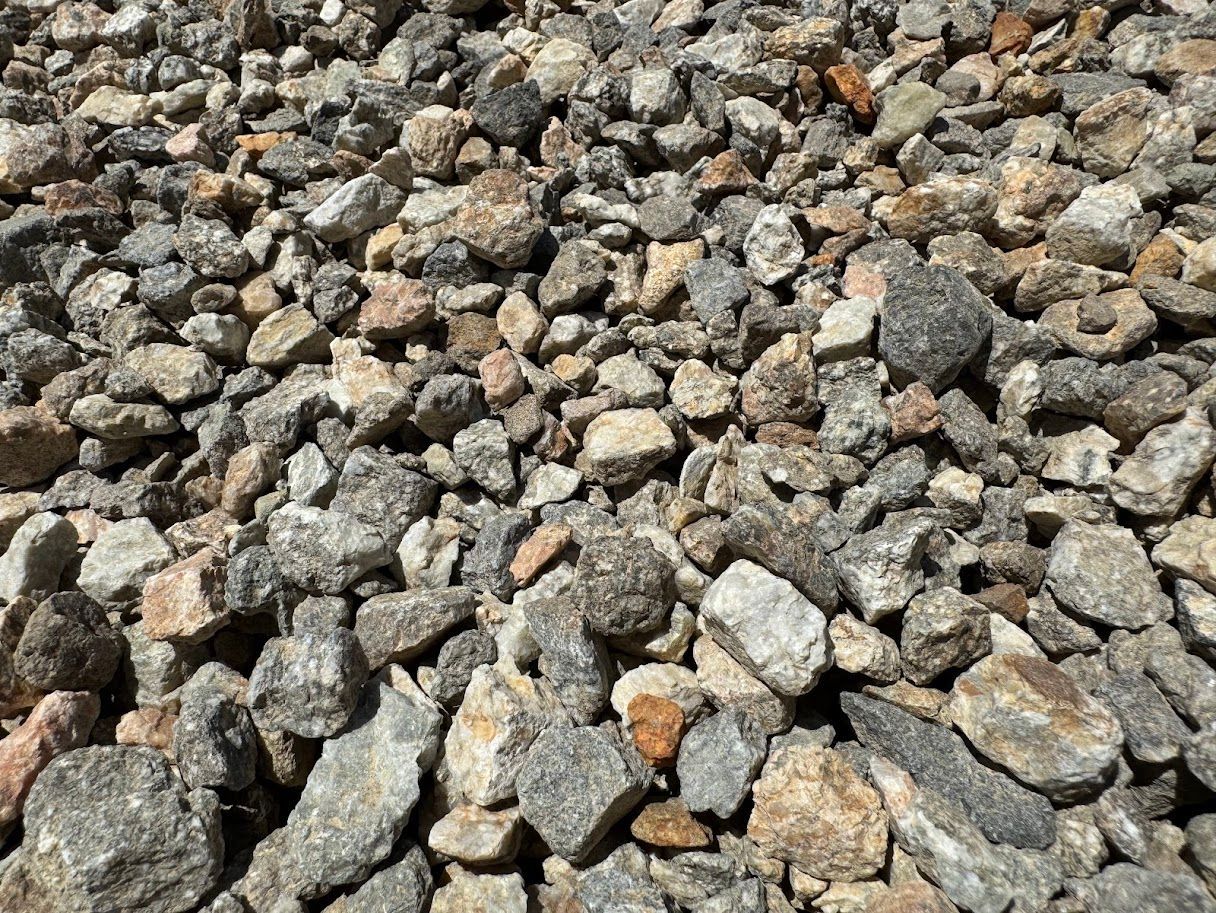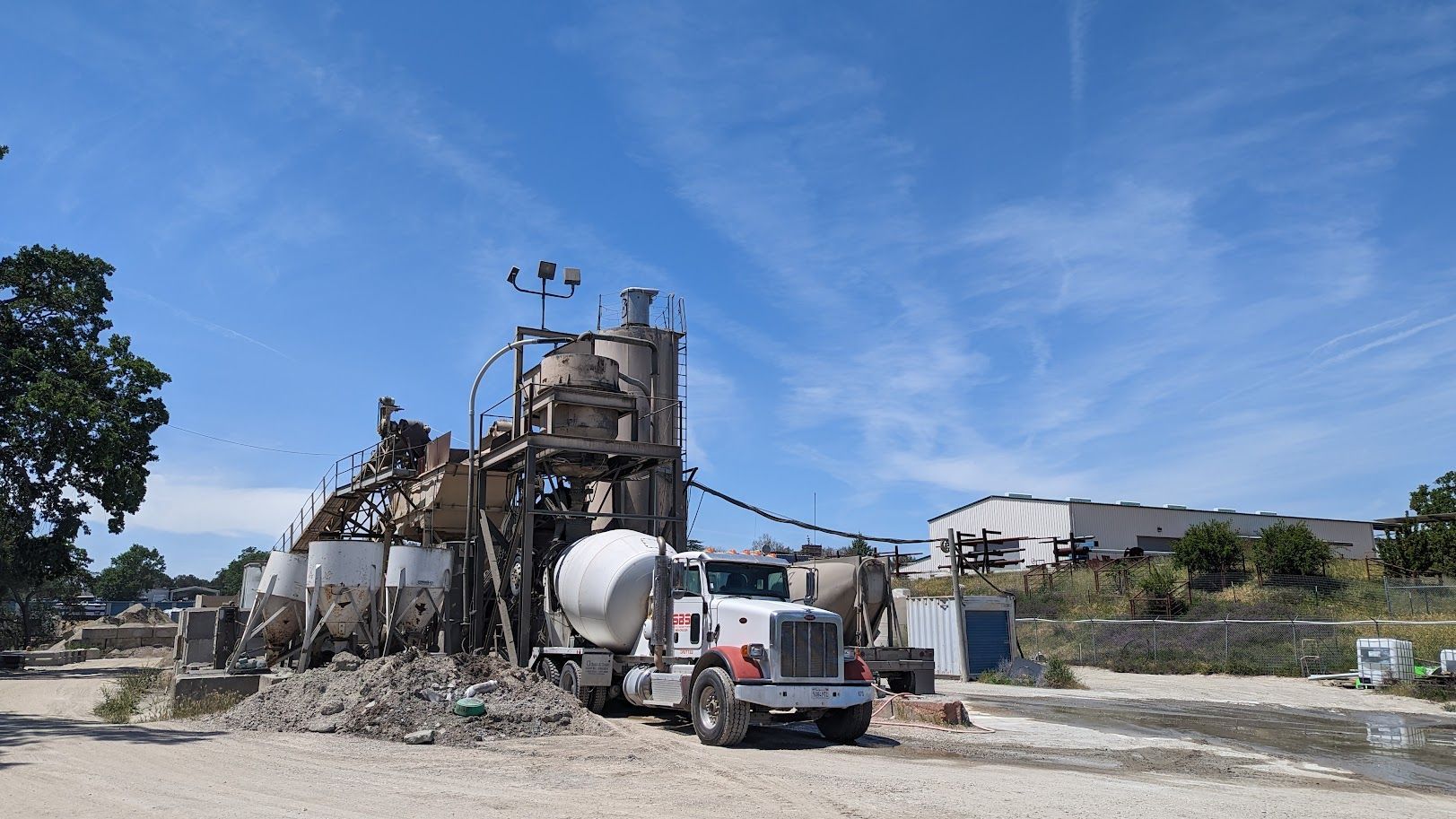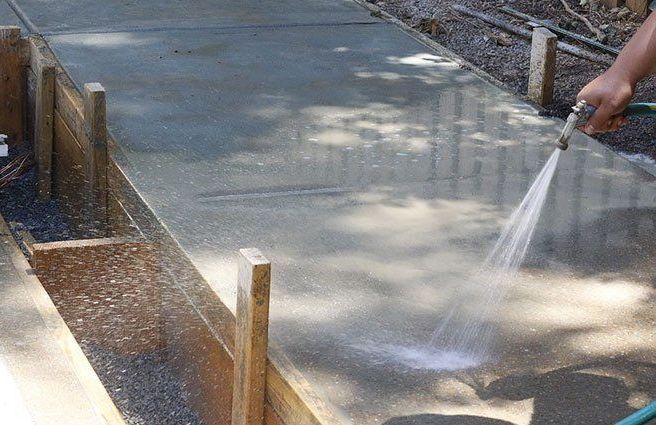Cracks in Your Concrete? When to Worry and When to Just Monitor
Let's face it: seeing a crack in your concrete driveway, patio, or foundation can be unsettling. Concrete is known for its strength, so when its surface starts to show signs of wear, it's natural to wonder if it's a minor cosmetic issue or a warning sign of something more serious.
As a leading concrete and aggregate supplier in California, we at SBS understand the unique challenges California's environment presents – from intense sun exposure and varying moisture levels to the occasional earthquake. Understanding what those cracks mean is key to protecting your investment.
Here's a guide to help you differentiate between the cracks that are usually nothing to worry about and those that warrant a closer look from a professional.
Why Do Concrete Cracks Occur?
Before we dive into specifics, it's helpful to know why cracks appear in the first place. Concrete, despite its rigid appearance, is constantly expanding and contracting with temperature changes. Other common culprits include:
- Shrinkage During Curing: As concrete dries and hardens, it loses moisture and naturally shrinks. This is the most common cause of hairline cracks.
- Settlement: The ground beneath your concrete can shift or settle over time, especially with California's varying soil conditions and occasional dry spells.
- Temperature Fluctuations: The extreme temperature swings we experience, from hot days to cooler nights, cause concrete to expand and contract.
- Heavy Loads: Concentrated weight (like a heavy vehicle or equipment) can stress the concrete.
- Seismic Activity: Even minor, unnoticeable ground tremors can contribute to stress and cracking over time.
- Improper Installation: Issues with sub-base preparation, inadequate expansion joints, or incorrect water-to-cement ratios can lead to problems.
When to Just Monitor (Often Normal & Cosmetic)
Most concrete cracks fall into this category. They are typically cosmetic and don't indicate a structural problem.
- Hairline Cracks: These are very narrow, less than 1/16th of an inch wide (about the thickness of a credit card). They are often a result of normal drying shrinkage and concrete setting. You'll commonly see them on new driveways or patios.
- What to do: Monitor them over time to ensure they don't widen. Keeping them sealed (as discussed in our previous blog post!) can prevent water from entering and causing further issues, especially in areas prone to seasonal moisture.
- Spiderweb or Map Cracks (Craze Cracking): These are very fine, shallow cracks that form an interconnected pattern, resembling a spiderweb or map. They are surface-level and don't typically extend deep into the concrete. They're caused by rapid surface drying or over-troweling during installation.
- What to do: Mostly cosmetic. Sealing can help improve appearance and prevent water penetration.
When to Worry (Time to Call a Pro)
These types of cracks can indicate more significant issues, potentially affecting the structural integrity or stability of your concrete or even your home's foundation. Don't hesitate to contact a concrete professional (like us!) or a structural engineer for an assessment.
- Wide Cracks: Cracks that are wider than 1/4 inch, or are actively growing wider over a short period.
- Displaced or Uneven Cracks: If one side of the crack is noticeably higher or lower than the other side, it indicates significant settlement or movement beneath the slab. This is a major red flag.
- Long, Straight Cracks: A crack that runs continuously across a large section of your driveway or patio, especially if it extends through several expansion joints. This can signal issues with the sub-base or improper joint placement.
- Deep Cracks: If you can see significant depth into the crack, it's more than just a surface issue.
- Cracks with Accompanying Damage: Look for other signs like water pooling, sinking sections, or concrete spalling (flaking/chipping) around the crack.
- Cracks in Foundation Walls: Any significant crack in your home's foundation walls (horizontal, diagonal, or stair-step cracks) should be inspected immediately by a professional. These can indicate serious structural issues.
- Cracks Appearing Suddenly After Seismic Activity: While concrete is designed to flex, a sudden, significant crack appearing after an earthquake (even a mild one) warrants an inspection.
Your Next Steps
For minor cracks, keep an eye on them. Take photos with a ruler next to the crack, noting the date, and check them every few months. Consider cleaning and applying a suitable concrete crack filler or sealant to prevent water intrusion.
For worrying cracks, don't delay. The sooner a professional assesses the situation, the better. Ignoring serious cracks can lead to more extensive and costly repairs down the line. Our team at SBS can help you determine the cause of the problem and recommend the best course of action, whether it's repair, remediation, or even replacement using our high-quality concrete and aggregates.
Protecting your concrete investment in means being proactive. While not every crack is a cause for alarm, knowing the difference can save you significant headaches and expenses.















